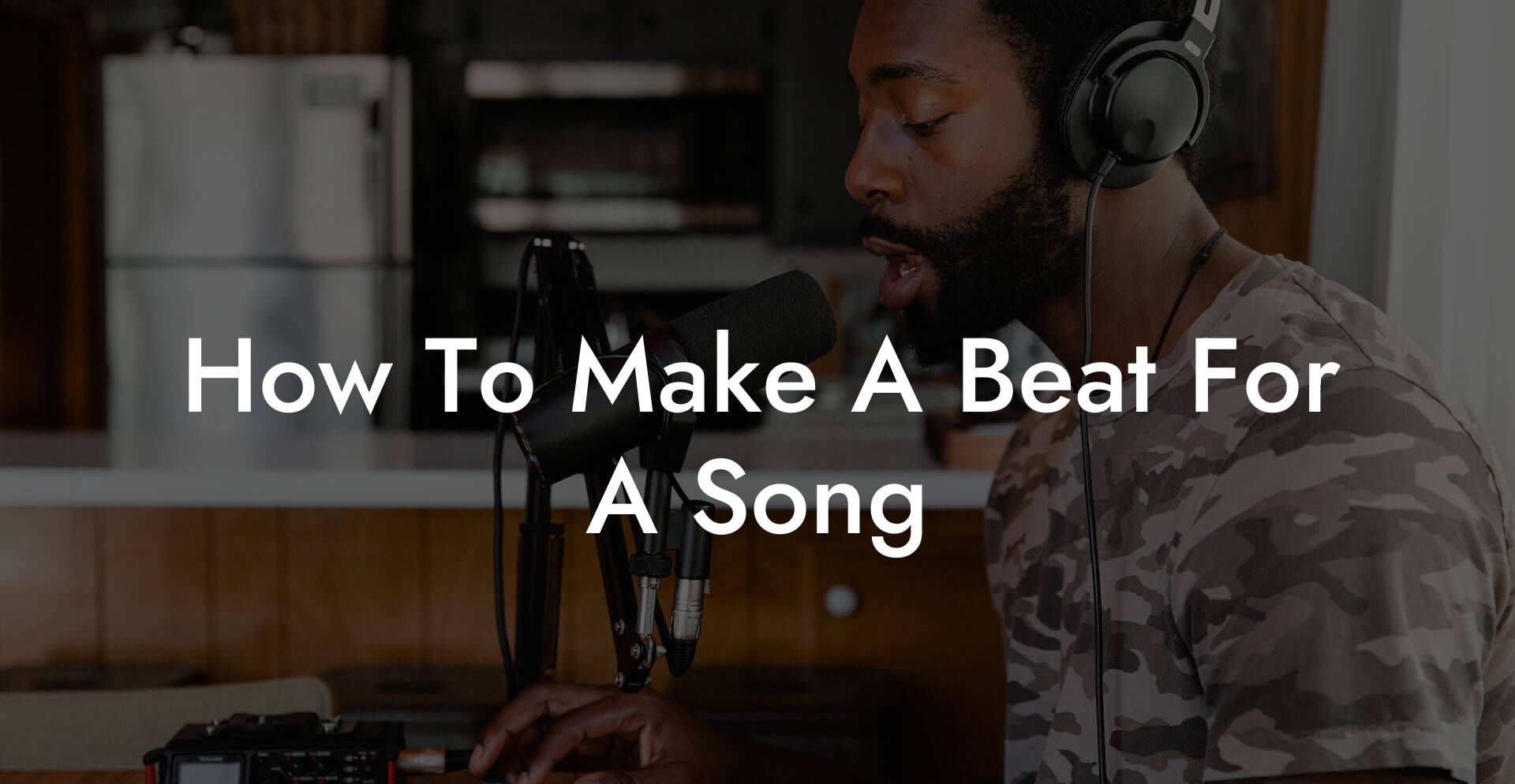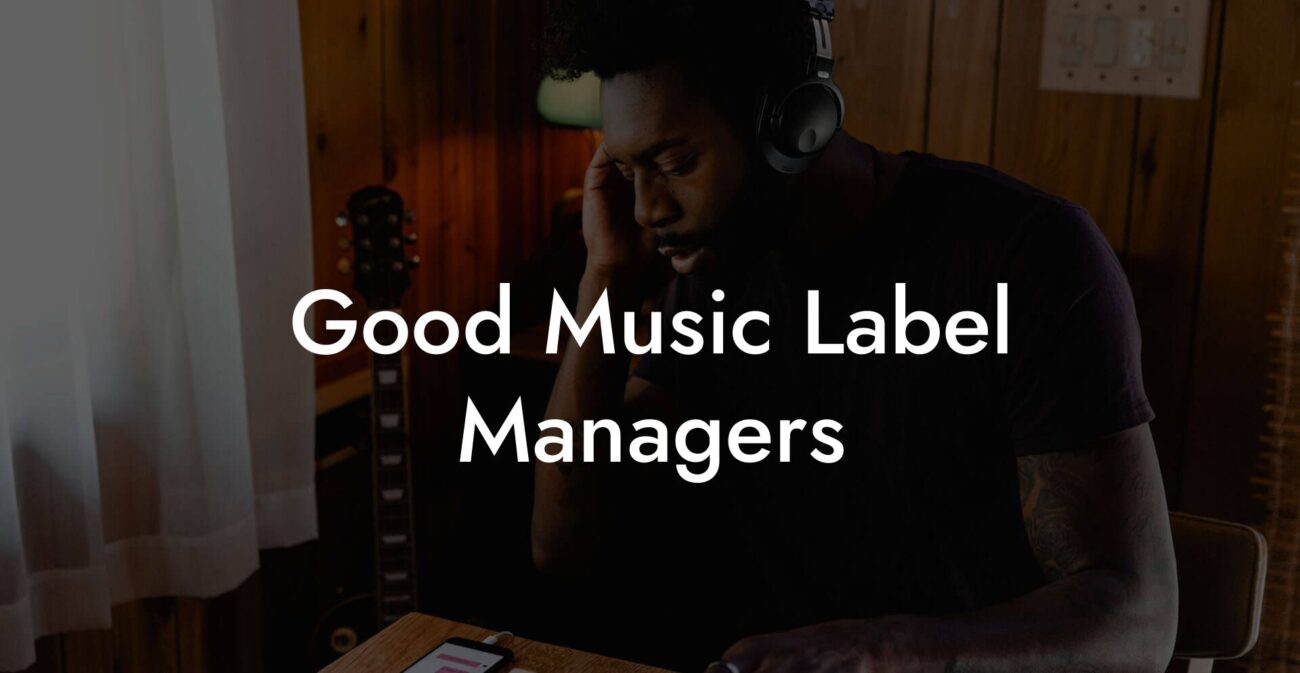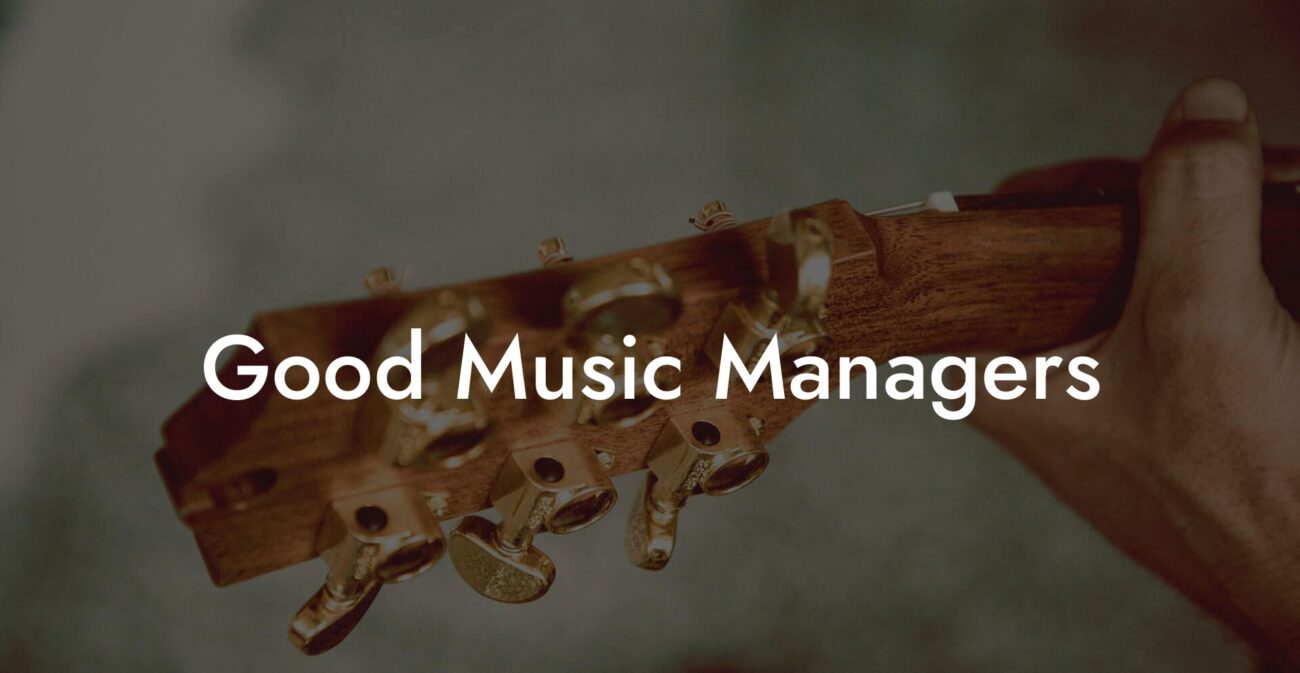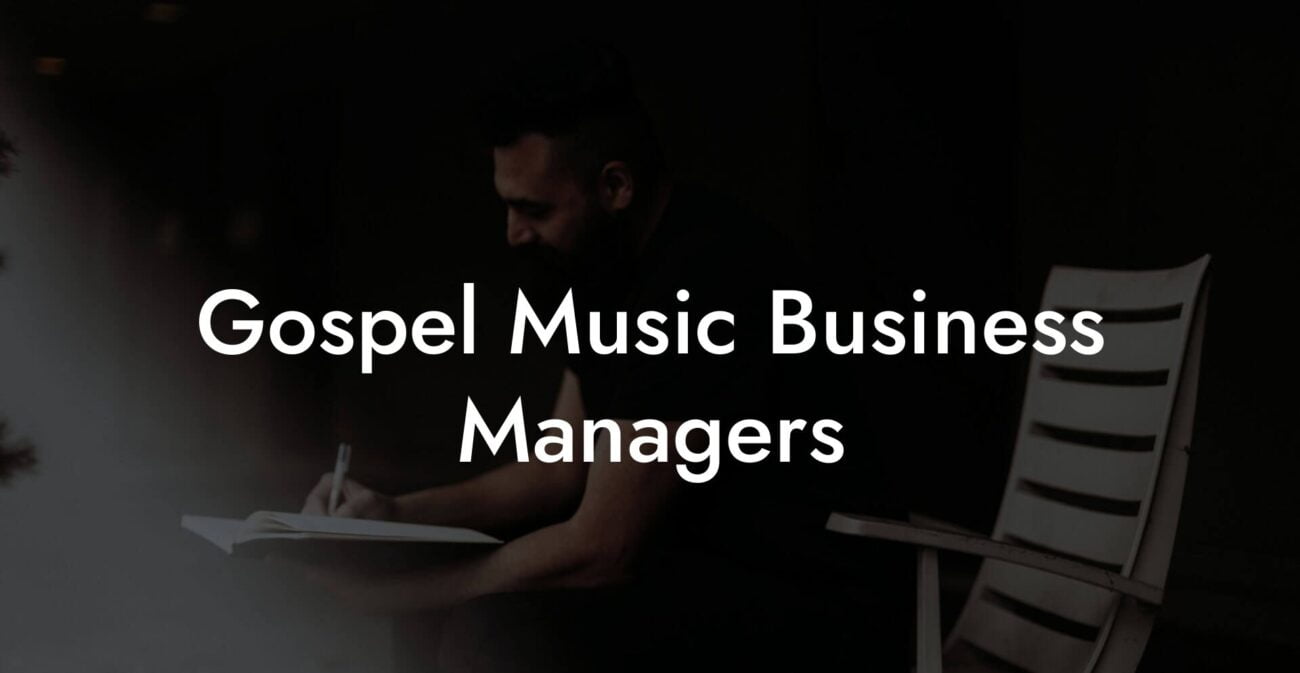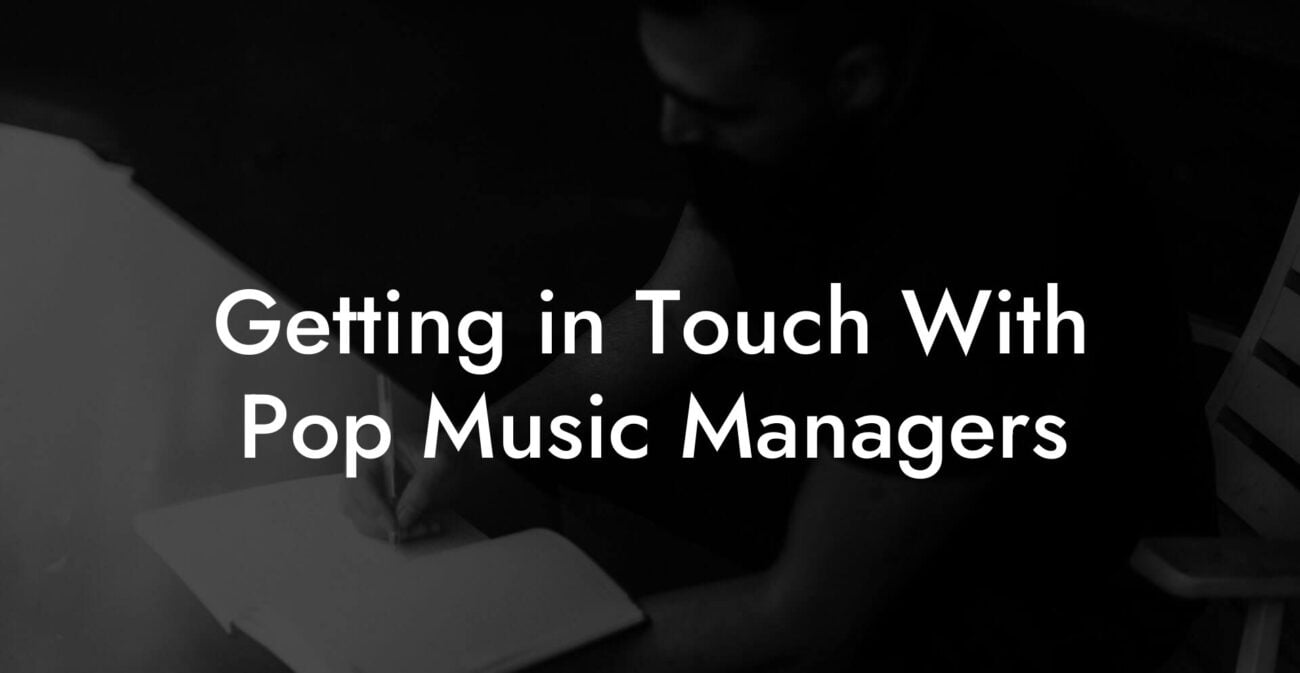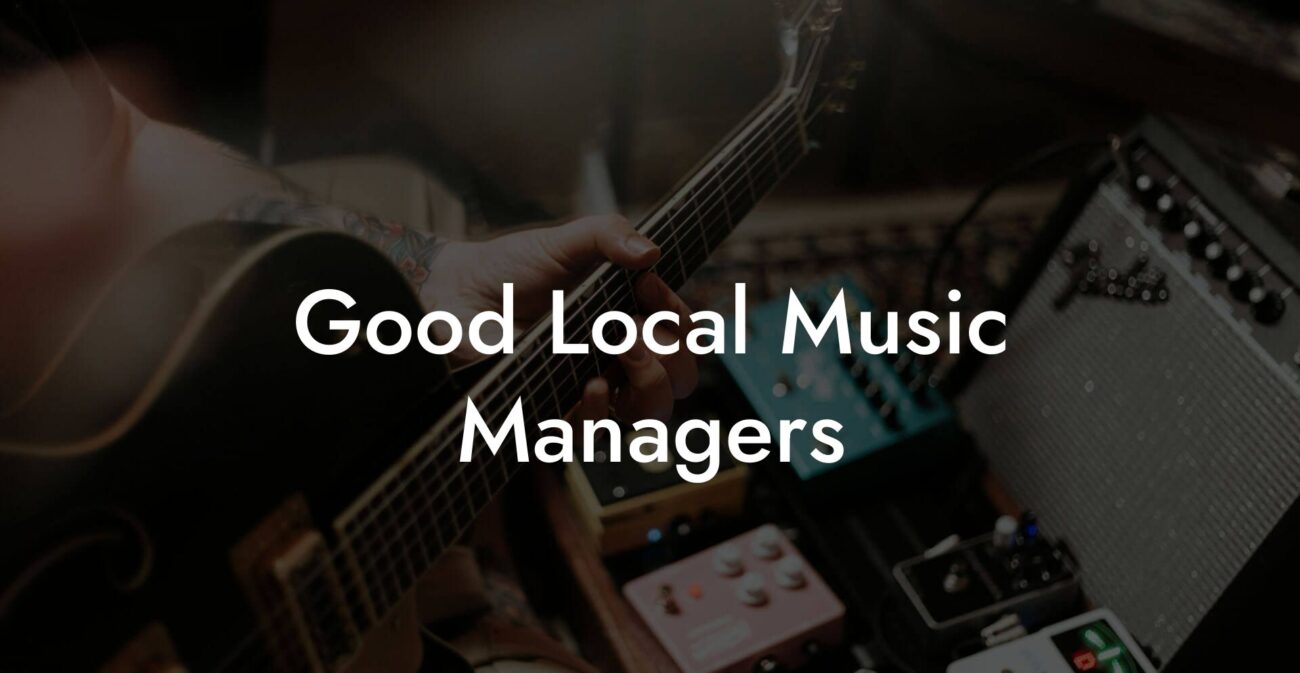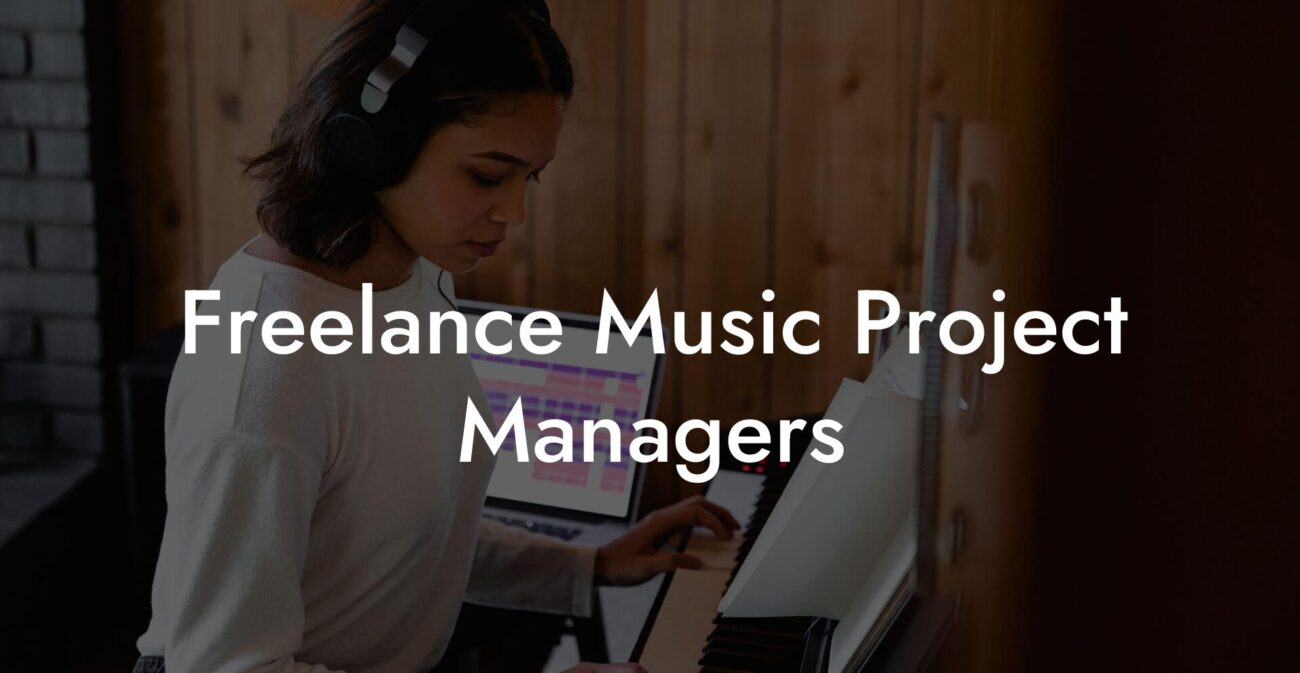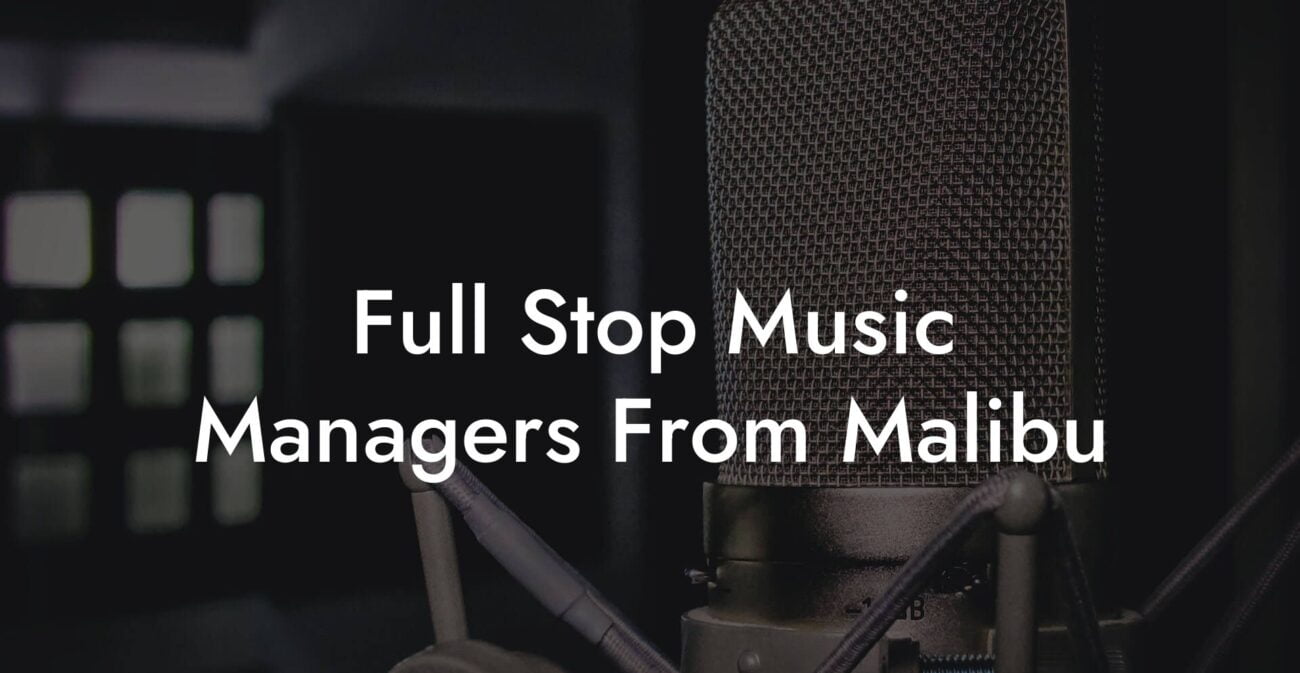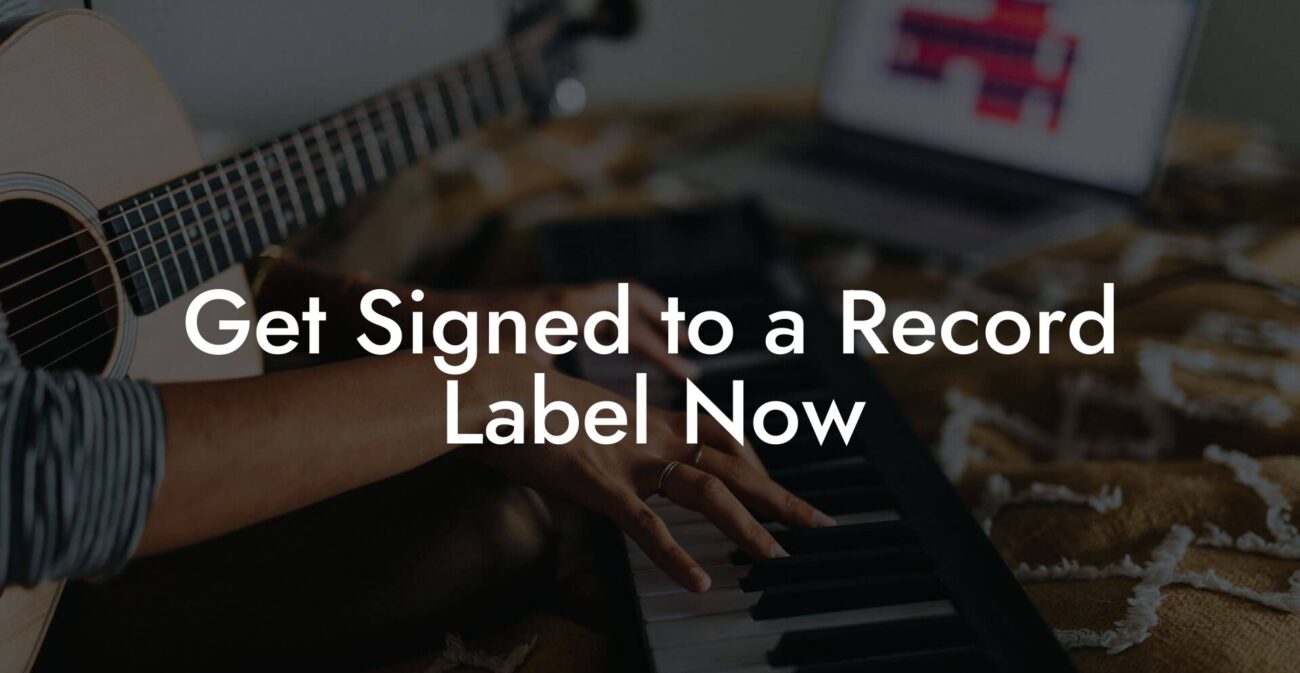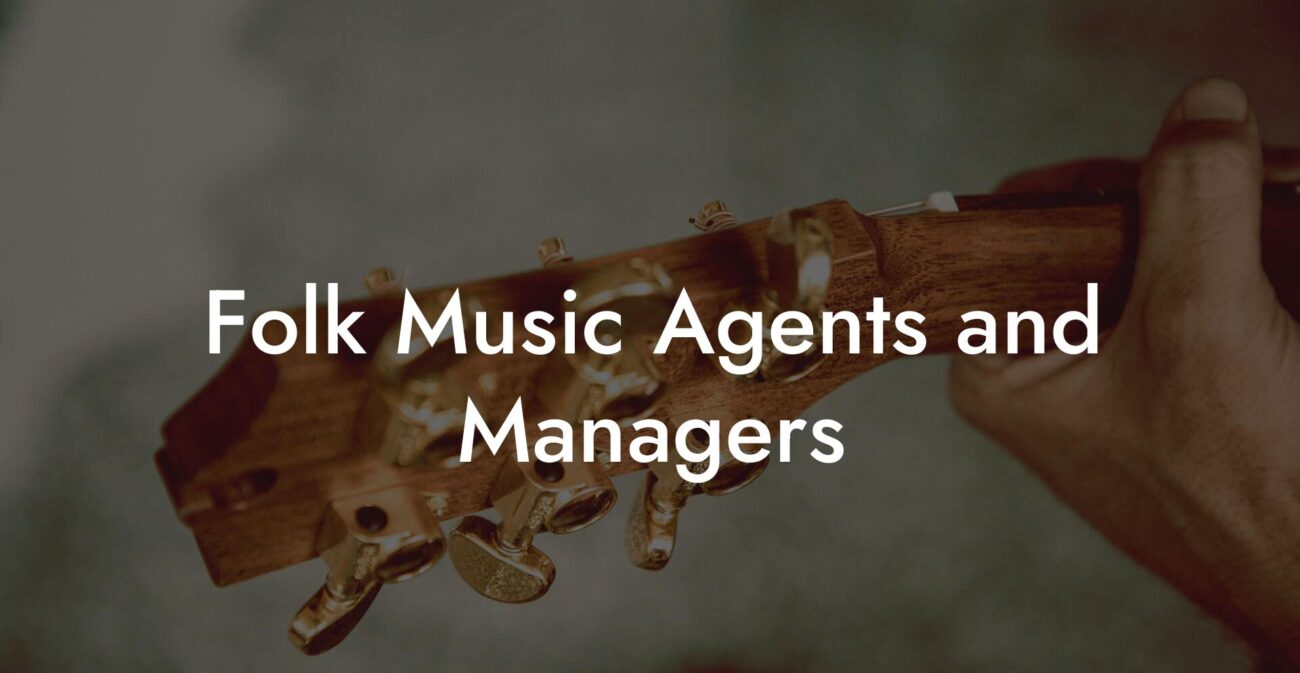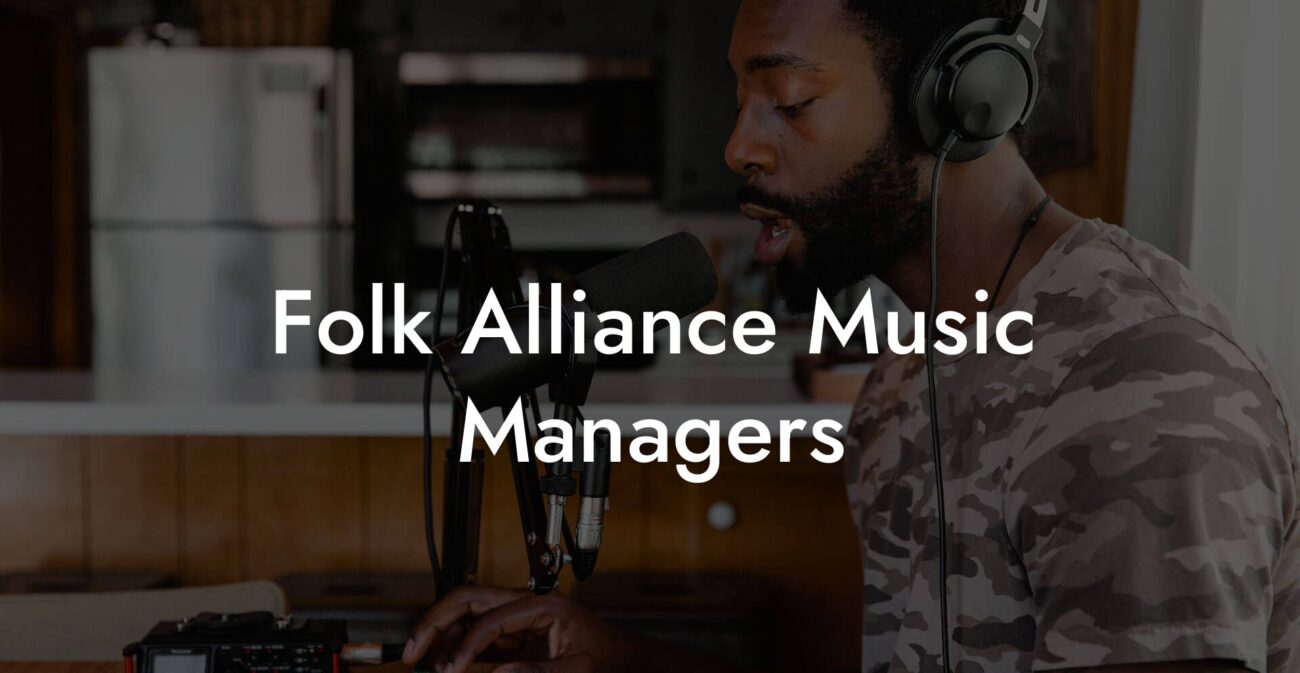Ever dreamed of dropping that bomb beat that makes people groove, nod their heads, and say, “Dang, how did that beat just slay my soul?” Welcome to the wild, fun, and sometimes unpredictable world of beat making—a realm where creativity meets technology, and every snare hit can be a journey to musical genius. Whether you’re a bedroom producer armed with a laptop and edgy headphones or a budding musician looking to experiment with rhythms before penning your next viral hit, this guide is your backstage pass to learning how to make a beat for a song.
Looking to write your next song? Transform your creative ideas into songs that people will love, and skyrocket your music career with Lyric Assistant. The perfect songwriting assistant. Find out more →
Quick Links to Useful Sections
- Understanding The Basics of Beat Making
- Essential Tools and Software for Creating Beats
- Digital Audio Workstations (DAWs)
- Audio Interfaces and MIDI Controllers
- Headphones and Monitors
- Drum Kits, Synths, and Sample Packs
- Step-by-Step Guide on How to Make a Beat for a Song
- Step 1: Set Up Your Creative Space
- Step 2: Choose Your Tempo and Time Signature
- Step 3: Lay Down the Drum Groove
- Step 4: Add the Bassline
- Step 5: Layer the Melody and Harmonies
- Step 6: Arrange Your Beat
- Step 7: Mix and Master Your Beat
- Tips for Crafting Unique and Engaging Beats
- Troubleshooting Common Beat-Making Challenges
- Getting Stuck in a Creative Rut
- Too Much Clutter in the Mix
- Struggling with Timing and Groove
- Overwhelming Technical Issues
- Using Samples, Synths, and Drum Kits to Elevate Your Beat
- Inspiration and The Creative Process: Finding Your Unique Sound
- Integrating Your Beat with Lyrics: A Collaborative Process
- Resources and Community Support: Your Next Steps
- Frequently Asked Questions About Making Beats
- Your Journey to Becoming a Beat-Making Maestro
Understanding The Basics of Beat Making
Beat making isn’t just about banging on a drum pad or clicking away on your computer—it’s an art form where rhythm, melody, and soul collide. At its core, a beat is a rhythmic pattern that forms the backbone of a song, lifting your lyrics from plain text to full-blown anthems that drop jaws and inspire TikTok trends.
For many millennials and Gen Z creatives, beat making is as accessible as streaming your favorite playlist. With a mix of digital audio workstations (DAWs), virtual instruments, and sample packs, even beginners can start crafting unique and engaging beats from the comfort of their own bedrooms—or anywhere with Wi-Fi and a dream!
A solid beat can define the vibe of a track, whether it’s that nodding, lo-fi groove perfect for sipping cold brew at a café, or the high-energy trap beat that makes your inner rebel want to hit repeat. Understanding the fundamentals, like tempo, rhythm, structure, and sound selection, is your first step in mastering the art of beat creation.
Essential Tools and Software for Creating Beats
First things first: you don’t need a state-of-the-art studio or a small fortune to start making beats. The digital age has democratized music production, and there’s a treasure trove of tools available for every budget. Here’s a rundown of the must-have gear and software for crafting beats that slay:
Write Lyrics Like a Professional Songwriter
The ultimate songwriting tool that takes your creative vision to the next level! With just a few clicks, you can unleash your inner songwriter and craft a hit that's uniquely yours. Your song. You own it.
Digital Audio Workstations (DAWs)
At the heart of beat making is your DAW—a software program that lets you arrange sound clips, mix tracks, and layer different instruments together. Some popular DAWs include FL Studio, Ableton Live, Logic Pro, and Pro Tools. FL Studio, in particular, is a hit with beginners due to its user-friendly interface and extensive online tutorials.
Audio Interfaces and MIDI Controllers
To bring that tactile element into your music production, consider investing in an audio interface and a MIDI controller. An audio interface improves sound quality by reducing latency (that annoying delay between hitting a key and hearing the sound), while MIDI controllers let you play virtual instruments with the feel and nuance of a keyboard or drum pad.
Headphones and Monitors
Because every detail matters in beat making, quality audio output is king. A decent pair of studio headphones or monitors can reveal the subtleties of your mix—from the crispness of hi-hats to the warmth of a deep bassline—so you can fine-tune every element until it’s pitch-perfect.
Drum Kits, Synths, and Sample Packs
Whether you’re after classic boom-bap drums, futuristic synth sounds, or the organic feel of live instruments, drum kits, synth plugins, and sample packs provide the raw materials you need. Today’s producers have access to a wide array of royalty-free samples and virtual instruments that can elevate any beat from basic to mind-blowing.
Remember: the quality and versatility of your tools can define your sound. Experiment with different combinations to discover what resonates with your unique musical vibe.
Step-by-Step Guide on How to Make a Beat for a Song
Ready to get hands-on? Here’s a comprehensive, step-by-step breakdown of how to make a beat that not only supports your lyrics but also stands out as a masterpiece.
Step 1: Set Up Your Creative Space
Whether your studio is a converted closet or a corner of your room with fairy lights, set up an environment that sparks creativity. Ensure you have your DAW installed, your headphones or monitors ready, and a discard pile for misclicks and wild ideas—because let’s be real, not every idea can be a banger.
Step 2: Choose Your Tempo and Time Signature
The tempo (beats per minute) and time signature define the pulse of your track. A hip hop beat might rest comfortably around 70-100 BPM, while an EDM track could send you soaring at 120-140 BPM. Experiment to see which rhythm resonates with your vision.
With most beats built in a 4/4 time signature, you can keep it straightforward or venture into more complex patterns once you’ve nailed the basics.
Step 3: Lay Down the Drum Groove
The drum groove is the heartbeat of your beat. Begin with a simple drum loop—a kick on the downbeat, snare on the second and fourth beats, and hi-hats in a steady, sassy rhythm. Use your DAW’s drum sequencer to input these basic patterns.
From here, experiment with different drum sounds, swing settings, and additional percussive layers to create a groove that gets you and your listeners moving.
Step 4: Add the Bassline
A tight, groovy bassline is essential for grounding your beat. Use virtual instruments or synth plugins to create a bass sound that complements the drums and fills out the low end. The bass doesn’t have to be super complicated—a few well-placed notes can bring a beat to life.
Try playing simple, repeating patterns that lock in with your drum groove. Don’t be afraid to experiment with different notes and rhythms until you find the perfect combination.
Step 5: Layer the Melody and Harmonies
Now comes the fun part: adding melody! Choose a few virtual instruments—maybe a piano, a synth pad, or even quirky sound effects—to layer melodic hooks and harmonies. These elements add emotional depth and texture to your beat.
Keep it simple at first—a catchy hook or a counter-melody can make your beat memorable. Once comfortable, layer in additional elements like chord progressions or subtle arpeggios to enhance sophistication.
Step 6: Arrange Your Beat
With your primary elements in place, it’s time to arrange your beat into a song structure. Think about the intro, verse, chorus, bridge, and outro—the ebb and flow that keeps your listener engaged. Play around with dropping elements out or adding in new layers throughout the track to create dynamic shifts.
Step 7: Mix and Master Your Beat
Mixing is where you balance all your elements so that everything shines. Adjust volume levels, pan instruments, and apply EQ or compression as needed. Mastering, the final touch, polishes your beat to ensure it sounds crisp and professional on any device.
Take your time with these steps. A well-mixed and mastered beat is the foundation for a standout track that can make even a simple lyric feel epic.
Tips for Crafting Unique and Engaging Beats
Not every beat will be a hit on the first try—creating something that stands out in the crowded world of music production takes a blend of technical skill, creativity, and a willingness to experiment. Here are some pro tips to keep your beats fresh:
- Incorporate Unusual Sounds: Mix in quirky sound effects, unconventional instruments, or even field recordings to give your beat an unexpected twist.
- Play With Rhythm: Try shifting your off-beat hi-hats, adding triplet variations, or layering multiple percussive elements to create syncopation that surprises the ear.
- Vary the Dynamics: Create tension and release by dynamically building up or breaking down your beat. Drop out elements during verses, then hit hard on the chorus.
- Experiment with Sampling: Dig into vintage records or royalty-free sample libraries to find sounds that resonate. Chop, flip, and rearrange these samples to forge a unique sonic identity.
- Trust Your Instincts: Sometimes the best beats come from trying something off the wall—embrace mistakes as potential breakthroughs.
These techniques not only help keep your beat-making process exciting but also ensure your tracks maintain a signature vibe that’s unmistakably you.
Troubleshooting Common Beat-Making Challenges
Even the most seasoned producers hit a few bumps on the road to creating a slammin’ beat. Here are some common issues and how to overcome them:
Getting Stuck in a Creative Rut
There are days when nothing seems to click. When you’re stuck, try switching up your workflow—experiment with a new instrument, adjust your workspace lighting, or take a short break to clear your mind. Sometimes, stepping back is the best way to spark fresh ideas.
Too Much Clutter in the Mix
It’s easy to add layer upon layer of sounds until your track starts to sound like a sonic traffic jam. When this happens, do a bit of editing and simplification: remove elements that aren’t essential, use EQ to carve out space for each instrument, and remember that sometimes less is more.
Struggling with Timing and Groove
If your beat feels off-beat or lacks that groovy punch, try adjusting the swing settings in your DAW. Many software options offer quantization and groove templates that can help lock your rhythm in place while still maintaining natural variations.
Overwhelming Technical Issues
Tech problems can be frustrating—whether it’s latency issues or plugin crashes. Keep your software and drivers updated, and don’t hesitate to explore online forums and communities where fellow producers share fixes and hacks.
Remember, every challenge is an opportunity to learn and evolve as a beat maker.
Using Samples, Synths, and Drum Kits to Elevate Your Beat
In the age of digital music production, samples and synths are your best friends. They offer an endless supply of inspiration and the versatility to create soundscapes that range from vintage soul to futuristic soundtracks.
Samples: Start by exploring sample packs that suit your genre—be it hip hop, electronic, or pop. Sampling is about more than just lifting sounds; it’s about recontextualizing them into new, creative expressions. Chop and reassemble samples in unexpected ways, or layer them with live recordings to create a hybrid that’s uniquely yours.
Synths: Virtual synthesizers allow you to sculpt sounds from the ground up. Play with oscillators, filters, and envelopes until you create a texture that complements your beat. Whether you’re going for a lush pad or a squelchy bass sequence, synth tutorials online abound with tips—so dive in and experiment.
Drum Kits: Your drum kit sets the stage for your entire track. Upgrade from stock sounds by investing in high-quality drum samples that add depth and character to your beat. Look for collections that offer a balance between crisp snares, deep kicks, and unique percussion sounds.
The key is balance and experimentation. Don’t hesitate to blend digital sounds with real, sampled audio for a rich and textured final mix.
Inspiration and The Creative Process: Finding Your Unique Sound
Every successful beat begins with a spark of inspiration. Whether that spark comes from a random melody you hummed in the shower or the pulsating rhythm of city life, your creative process is deeply personal. Here are some tips to help you find and harness that elusive creative energy:
- Listen Wide and Deep: Expand your musical palette by diving into genres you wouldn’t normally explore. Sometimes an unexpected beat from a foreign genre can light up an idea for your own track.
- Keep a Sound Diary: Use your phone or a notebook to jot down interesting sounds, rhythms, or lyrical snippets that catch your attention throughout the day.
- Collaborate: Bounce ideas off fellow musicians or producers. Collaboration can be a hotbed of creativity, fostering innovative ideas that you might not have discovered on your own.
- Embrace Experimentation: Not every idea will be gold—and that’s perfectly okay. Allow yourself the freedom to experiment, even if it means venturing outside your comfort zone.
In the end, your unique sound is a mosaic of all your influences, experiences, and bursts of unfiltered creativity. Characterize it with authenticity, and let every beat be a reflection of who you are as an artist.
Integrating Your Beat with Lyrics: A Collaborative Process
A compelling beat sets the stage for powerful lyrics—this is where the magic happens if you’re serious about becoming a musician. Whether you’re a lyricist looking for the perfect musical backdrop or a beat maker seeking that vocal hook that elevates your track, integration is key.
If you’re using Lyric Assistant to write lyrics for your next song, think of your beat as the canvas upon which your words are painted. When crafting your beat, keep in mind the mood, tempo, and structure that will best complement your lyrics. This symbiotic process can transform a good song into one that resonates deeply with your audience.
Experiment with adjusting your beat’s dynamics—drop an instrument here, add a snare roll there—to accentuate emotional peaks and set up smooth lyrical transitions. The more your beat and lyrics interact, the more memorable your track becomes.
Resources and Community Support: Your Next Steps
Venturing into beat making can seem overwhelming, but take heart—there’s an entire community of passionate creators ready to lend a hand. Here are some invaluable resources to further ignite your creative journey:
- Online Tutorials and Courses: Platforms like YouTube, Skillshare, and Udemy offer extensive tutorials on DAWs, mixing techniques, and creative sound design strategies. These courses range from beginner to advanced levels and are often packed with insider tips.
- Beat-Making Forums and Communities: Join online communities where you can discuss approach, share tracks for feedback, and collaborate with other producers. Forums like Gearslutz, Reddit’s r/makinghiphop, and numerous Discord servers are fantastic for networking and support.
- Local Workshops and Meetups: Check out local events or meetups hosted by music studios, educational institutions, or community centers where you can learn hands-on and connect with like-minded creatives.
- Software and Plugin Trials: Most DAWs and plugins offer free demos or trial periods. Experiment with different tools to see what fits your style before investing.
- Feedback Platforms: Websites like SoundCloud, Splice, or even private listening sessions with friends can provide constructive feedback essential for refining your sound.
Engaging with a community not only hones your skills but also keeps you motivated on days when creativity feels elusive. The collaboration, advice, and shared passion in these networks are often the secret ingredients behind breakthrough tracks.
Frequently Asked Questions About Making Beats
Below are some of the most common questions new beat makers ask. Dive in and let these FAQs demystify the process so you can focus on creating the dopest beats possible.
1. Do I need expensive gear to start making beats?
Not at all! Many successful producers began with just a laptop and free or affordable software. As you progress, you can invest in additional hardware, but the most important tool is your creativity.
2. Which DAW is best for beginners?
FL Studio is highly popular among beginners due to its intuitive interface and extensive online community, though other DAWs like Ableton Live and Logic Pro offer their own unique strengths.
3. How long does it take to create a beat?
The time varies—some beats come together in a few minutes, while others evolve over days or weeks. The key is to enjoy the process and not rush perfection.
4. Can I use samples legally in my beats?
Yes, as long as the samples are either royalty-free or cleared for usage. Always research the licensing agreements to avoid copyright issues.
5. How do I know if my beat is “good”?
A good beat resonates with you and your audience. Seek feedback, compare it to tracks you admire, and trust your intuition—music is subjective, and personal style is key.
6. What can I do if my beat sounds too cluttered?
Simplify your arrangement, use EQ to carve out space for each instrument, and don’t be afraid to remove elements until the mix feels balanced.
7. How can I improve my mixing skills?
Practice is essential. Consider online courses, tutorials, and even collaborations with more experienced producers to refine your ear and technique.
8. Should I focus more on melody or rhythm?
Both are critical! A catchy rhythm forms the foundation of your beat, while a memorable melody brings it to life. The balance depends on your style and the mood you want to create.
9. How do I incorporate my lyrics seamlessly with the beat?
Think of your beat as the canvas for your lyrics. Experiment with changes in dynamics and structure that support the natural flow of your words. Apps and tools like Lyric Assistant can help align your lyrical themes with the beat’s cadence.
10. Where can I get more inspiration for my beats?
Inspiration is everywhere—from everyday life, diverse music genres, online communities, and even random sounds encountered during your day. Remain curious and open-minded, and your signature sound will evolve naturally.
Your Journey to Becoming a Beat-Making Maestro
The path to mastering beat making is as exhilarating as it is challenging. Every tap, snare, and synth line you experiment with is a step toward developing your signature sound. Just like every rising artist, you’re weaving together inspiration, technical skill, and raw emotion into something uniquely yours.
Embrace the journey with all its creative ups and downs. Celebrate your hits, learn from the misses, and remember—the music you create is a reflection of you. Whether you’re layering hip hop grooves, futuristic EDM vibes, or lo-fi chill beats, always stay true to your creative spirit.
As you continue to evolve, let your beat-making process be a constant exploration. Collaborate, experiment, and share your creations with a community that’s as passionate about music as you are. With consistent practice, a pinch of innovative spirit, and the robust support of tools like Lyric Assistant to help craft your lyrics, you’re well on your way to dropping tracks that not only make noise but make history.
So, fire up your DAW, dust off those creative ideas, and get ready to make beats that resonate with your soul—and the world. Your journey to becoming a beat-making maestro begins right here, right now. Look forward to those moments when a single beat can spark a revolution in sound. Keep pushing, stay curious, and above all, have fun with every click and tap.
Write Lyrics Like a Professional Songwriter
The ultimate songwriting tool that takes your creative vision to the next level! With just a few clicks, you can unleash your inner songwriter and craft a hit that's uniquely yours. Your song. You own it.

